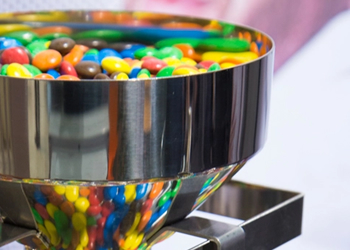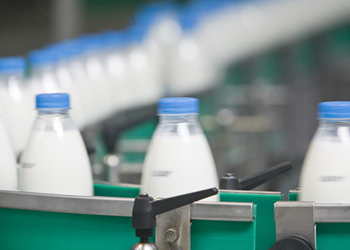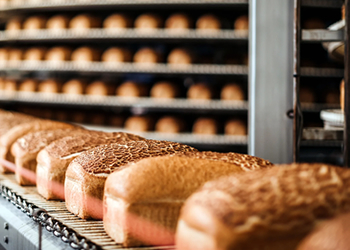Natural or synthetic antioxidant. It is obtained naturally by extraction of fruits and vegetables or synthetically by bacterial fermentation of glucose followed by chemical oxidation. It is the same natural Vitamin C, but when used as an additive it cannot be referred to as a vitamin supplement because it is already described using the E300 code and because it is not added for its vitamin but for its antioxidant power. It is also used in meat products to avoid the formation of nitrosamines.
Although oranges and lemons are known for their content in Vitamin C, there is a long list of vegetables that surpass them such as red pepper, parsley, currants or guava that have 3 times more and others less known as rose hip, the camu-camu or the gubinge that have up to 60 times more.
Ascorbic Acid Specifications:
|
Items
|
Specifications
|
| Appearance: |
White or almost white crystal or crystalline powder |
| Melting point: |
191 ℃ ~ 192℃ |
| pH (5%, w/v): |
2.2 ~ 2.5 |
| pH (2%,w/v): |
2.4 ~ 2.8 |
| Specific optical rotation: |
+20.5° ~ +21.5° |
| Clarity of solution: |
Clear |
| Heavy metals: |
≤0.0003% |
| Assay (as C 6H 8O6, %) |
99.0 ~ 100.5 |
| Copper |
≤3 mg/kg |
| Iron |
≤2 mg/kg |
| Mercury |
≤1 mg/kg |
| Arsenic |
≤2 mg/kg |
| Lead |
≤2 mg/kg |
| Oxalic acid |
≤0.2% |
| Loss on drying |
≤0.1% |
| Sulphated ash |
≤ 0.1% |
| Residual solvents (as methanol) |
≤ 500 mg/kg |
| Total plate count (cfu/g) |
≤ 1000 |
| Yeasts & molds (cfu/g) |
≤ 100 |
| Salmonella/ 25g /td> |
Absence |
| Staphylococcus aureus/ 25g |
Absence |









